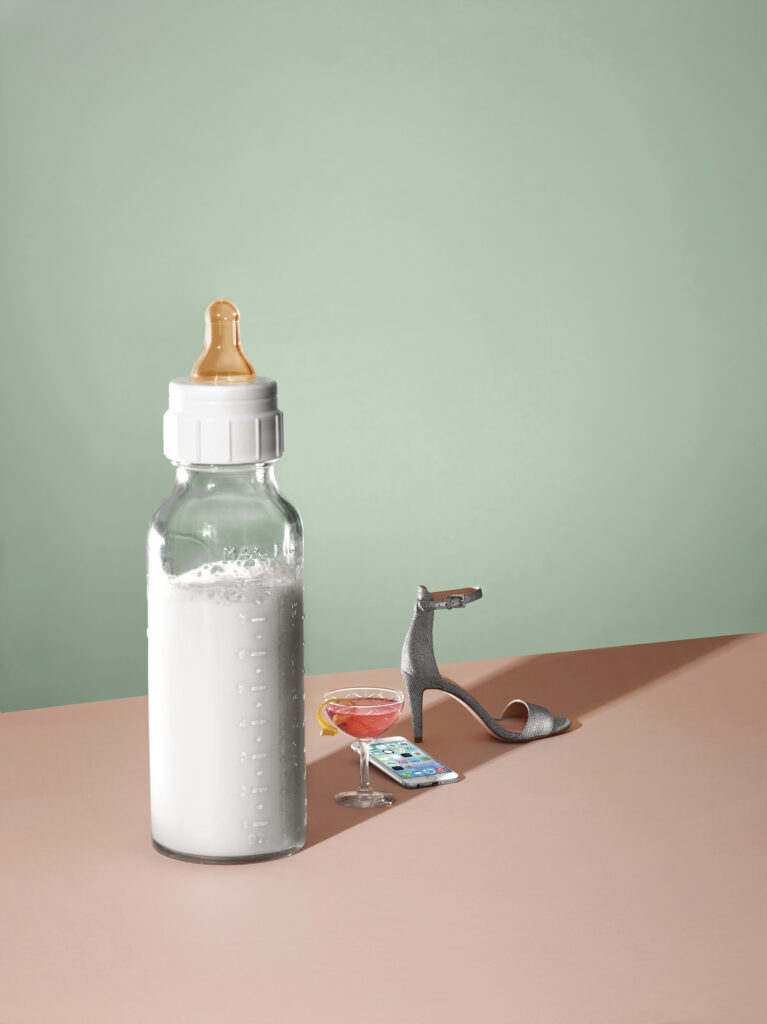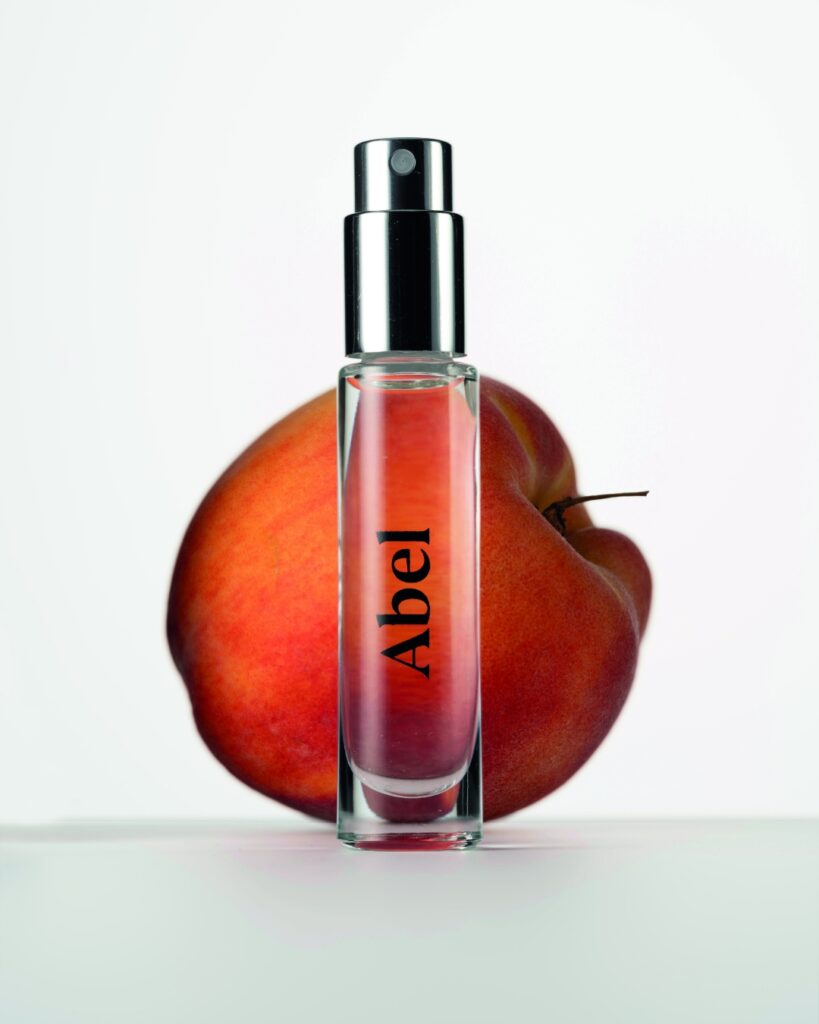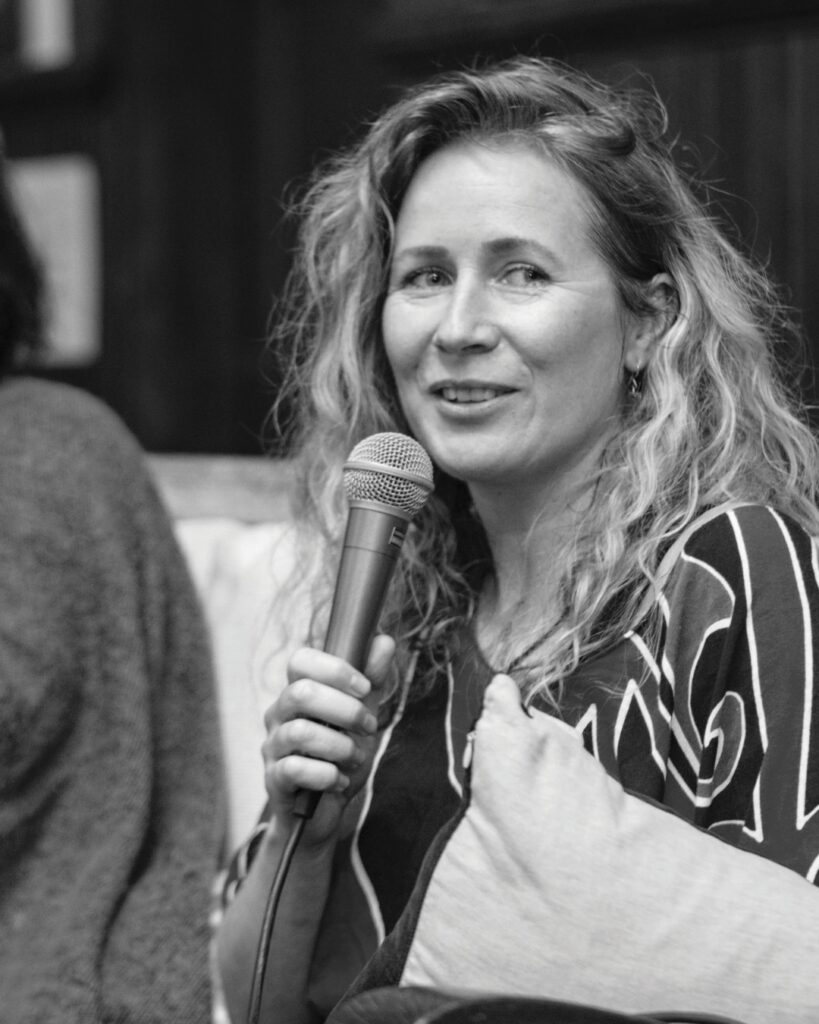
In late January, Jacinda Ardern announced she’d be stepping down from her role as Prime Minister, effective as of February 7. She had just nine months left of her term before the general election set to take place in October.
“With holding such a privileged role comes responsibility, including the responsibility to know when you’re the right person to lead, and also when you’re not,” said Ardern to the press. “I have given my absolute all to being Prime Minister but it has also taken a lot out of me. You cannot and should not do the job unless you have a full tank, plus a bit in reserve for those unplanned and unexpected challenges that inevitably come along. Having reflected over summer, I know I no longer have that bit extra in the tank to do the job justice. It’s that simple.”
A flurry of international headlines followed, stirring up a fresh wave of discourse around the concept of ‘having it all’. Jessica Grose wrote an opinion piece for the New York Times with a headline that bluntly proclaimed “It’s Time to Stop Asking if Women Can Have it All. We Can”. Coverage by the BBC was given the headline “Jacinda Ardern: New Zealand PM Quits Citing Burnout”.
Ardern gave birth to her first child, daughter Neve Te Aroha Ardern Gayford, in June 2018, after only a year in office, making her the second-ever elected leader to give birth while in power (the first being Pakistan’s now-late Prime Minister Benazir Bhutto in 1990). Neve made headlines as the first baby to attend the UN General Assembly in New York, at a mere three months old. Could running a country with a newborn baby in tow quite possibly be seen as peak ‘having it all’?
So, what do we mean by ‘having it all’?
The origins of the phrase can be traced back to the late Helen Gurley Brown’s book Having It All: Love, Success, Sex, Money, Even If You’re Starting With Nothing. Published in 1982, it was “the ultimate guide to making the most of yourself and your life — even if you think you are starting out late or with little going for you”. As well as a bestselling author, Gurley Brown was editor-in-chief of Cosmopolitan for 32 years. Her work is largely credited as being part of the 1960s sexual revolution that brought conversations around sex into mainstream women’s media. She was married for 51 years, but never had children.
Amy Fraser, OKREAL
Fast forward four decades, and despite its beginnings having little to do with kids, ‘having it all’ now commonly refers to the tug of war between career and motherhood. “Some days I’m a great businesswoman, some days I’m a great mother,” says Tāmaki Makaurau/Auckland’s Amy Fraser, mother of two, founder of self-development platform OKREAL and community director of Diem, an AI social search engine that draws responses from the collective knowledge of women and non-binary people. “It’s rare that I’m both of these things at once. There is no harmony — you’re better off knowing that from the start. Instead of striving for peace and equilibrium, focus on being able to perform under fire. Know that you’re striding into a clusterfuck of chaos, joy, challenge, achievement, humility, patience, rage, love and being late for most things.”
Michelle Obama, author and former First Lady
When the messaging directed at mothers often centres on leaning in in order to strike that elusive balance, the idea of embracing the chaos has the potential to bring a collective sigh of relief. In 2018, while on her Becoming book tour, Michelle Obama told a sold-out crowd in New York’s Barclays Center, “Marriage still ain’t equal, y’all. It ain’t equal. I tell women that whole ‘you can have it all’ — mmm, nope. Not at the same time — that’s a lie. It’s not always enough to lean in, because that shit doesn’t work.”
Beck Wadworth, Makespace
Like motherhood itself, navigating the relationship between working and child-rearing is a wildly different experience for everyone. “Becoming a mother was a pivotal moment in my life that reshaped both my personal dreams and career goals,” says Tāmaki Makaurau/ Auckland’s Beck Wadworth, mum of one and creative director of design-and-build company Makespace. “Prior to having Isabella in July 2022, I worked full-time on An Organised Life, the stationery business I started in 2013, working remotely from New Zealand while my team was based in Sydney at our HQ. I thought I’d be able to do it all, but not long after Isabella was born, I realised I actually didn’t want to. It was a confronting feeling I wasn’t expecting, but I realised that for motherhood and my career to coexist the way I wanted them to, I needed to close the An Organised Life chapter.
“Now I’ve found harmony in the dynamic of motherhood and my career by working three days a week for my partner’s business Makespace, while also working with my own social media clients,” she continues. “This change has allowed me to have the best of both worlds — a career I love and the time to be a present mother to my beautiful daughter. I know that one day I’ll launch another business, but for now I’m excited to be in a new season of life that feels balanced.”
Stay at home mum versus costly childcare: the numbers
Meanwhile, some mothers are forgoing work altogether and embracing life at home. On TikTok alone there are 16.5 billion (and counting) views for #SAHM (stay-at-home mum). Accounts with handles such as @traditionalsahm detail day-in-the-life routines, self-care and cleaning tips.
In April 2022, Motherly, a US-based digital platform focused on empowering mothers, reported that: “During the pandemic, women left the workforce at twice the rate of men. Why? According to our survey, 26% of millennial and Gen Z mothers cite childcare issues as the number-one reason they left or quit their jobs in the past year. For Gen X mothers, 37% report leaving or quitting their jobs in the past year because of childcare issues. And for those millennial and Gen Z moms still unemployed, nearly half (46%) say they left the workforce last year specifically because of childcare issues.”
Of course, for many who consider being a stay-at-home mother an appealing proposition, it simply might not be a viable reality. Data published by ASB in March 2023 reported that households in New Zealand are likely to have to spend an extra $150 a week to keep up with the current rising costs. As inflation continues to spike, families increasingly can’t afford to live off a single income, so what about the catch-22 that the cost of childcare poses?
It’s a cruel reality that childcare, especially if you have multiple children, is becoming a luxury. In April, Anna Catley, a 31-year-old Ahuriri/Napier mother of three, posted a viral TikTok that summed up the struggle. “Honestly, I don’t think I could afford to go back to work because childcare is so expensive,” she explained in her video. “Basically, I need to earn $26.70 per hour before tax just to pay for childcare. If I signed up for, say, 37.5 hours work at $35 an hour, that would give me $170 at the end of the week… That would get me a tank of gas and a packet of nappies! $170 to be away from my children and I still have to do all the housework, the washing, everything. No thank you. I think I’ll wait until the kids go to school, or I win Lotto.”
Preparing for motherhood: How to make it financially viable
Despite challenging times, what’s realistically the best way to prepare yourself financially for children? “Plan, plan, plan,” says Tāmaki Makaurau/Auckland’s Victoria Harris, co-founder of female-focused financial platform The Curve. “It’s never too early to start planning for your maternity leave. Having a child can be stressful, emotional and overwhelming enough, let alone at a time when your salary reduces and your expenses increase, so the more you can plan for your expenses — by borrowing items for the baby from friends, for example — and save ahead of time, the better off you’ll be.”
Planning for the arrival of a new baby in the short term is key, but it’s also important not to overlook the long-term impact a child can have on a mother’s financial position — known as the ‘motherhood penalty’. “It takes an average of eight to 10 years for mothers to get back to their pre-parenthood level of earning when they take time out to look after children,” says Harris. “On the flipside, fathers see no impact whatsoever — it’s called the ‘fatherhood bonus’. This is all due to parental leave policies and mothers generally taking a greater amount of time to care for children, as well as returning to work part-time or reducing their hours to look after the family.”
Harris says there are a few main ways to reduce the impact of the ‘motherhood penalty’. One is to continue to contribute to your KiwiSaver or other retirement fund. She also recommends making sure that you ask for a pay rise before, during or after your maternity leave. “Even though you’re on maternity leave, you’re still employed and therefore entitled to be treated like any other employee.” Harris also advises trying your best to avoid mum guilt and enjoy the special time with your children — it’s time you won’t get back.
Regardless of a mother’s employment status, it’s essential not to overlook the connection between ‘having it all’ and the division of labour within the home — assuming there’s a partner in the equation to share the load with in the first place. It’s often women who by default end up taking on the running of the household — an invisible and relentless mental load that needs to be experienced to be understood. In Motherly’s 2022 State of Motherhood survey, stay-at-home mums reported higher levels of burnout than working mums. “Out of the 17,000 people who took the survey, 55% of SAHMs admitted they ‘always’ or ‘frequently’ feel burnt out, which is a much larger percentage than their working counterparts.”










